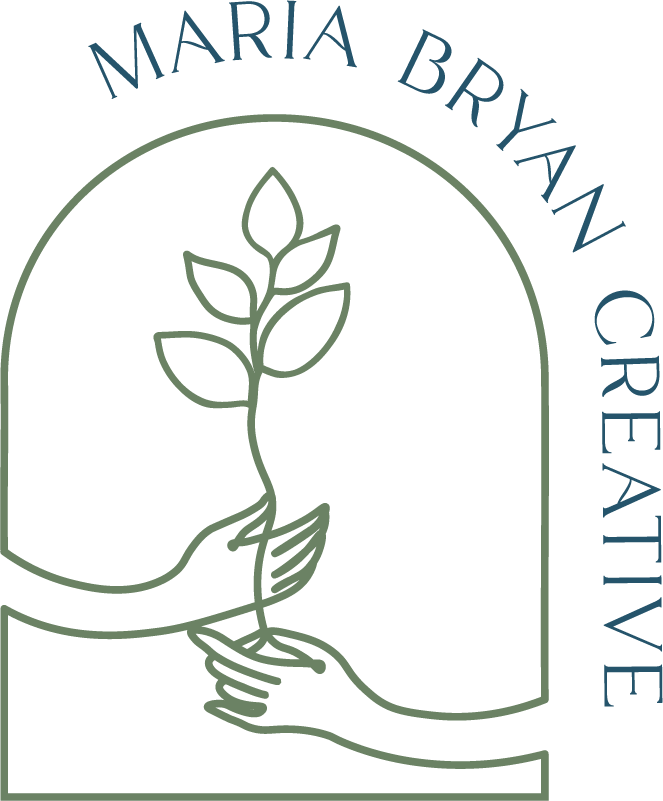DEI in Nonprofit Communications
More and more nonprofit organizations are waking up to the need to incorporate Diversity, Equity, and Inclusion (‘DEI’ for short) into their communications.
Finally! I worked in immigrant communities for much of my career, and so DEI and representation is something I’ve strived for for many years (imperfectly). I’m thrilled this has become front and center in the nonprofit sector and beyond.
Before we delve deeper into why DEI is essential for nonprofits, let’s take a closer look at what these three terms mean from a communication perspective:
Diversity refers to the many ways people are different from one another, such as ethnicity, gender or gender identity, socioeconomic status, culture, nationality, language, and religious or political affiliations. Your messaging should be relatable to a diverse group of people.
Equity is about ensuring fair and impartial access to opportunities, programs, and processes for development for all of the different people. The programs you create, the work you do, and the messaging around them should reflect a sense of providing equal opportunities.
Inclusion is about ensuring that all the different people feel included and have a sense of belonging. For example, does your video communication make use of captions or provide a transcription for members of your audience that are hearing impaired?
Why DEI is important for your nonprofit
According to the findings from two recent surveys:
The majority (54%) of people surveyed said they do not feel fully culturally represented in online advertising, and most (71%) expect brands to promote diversity and inclusion in their online advertising. [Facebook]
People are more likely to consider, or even purchase, a product after seeing an ad they think is diverse or inclusive. Consumers (AKA general public for nonprofits) expect brands to be inclusive and reflect the reality of their lives in advertising. So you guessed it, this goes for fundraising and increasing program participants as well. [Think With Google]
64% of those surveyed said they took some sort of action after seeing an ad that they considered diverse or inclusive. [Think With Google]
As a nonprofit organization, you’ll be able to reach out and appeal to a much larger audience and have more impact if your communication is diverse, equitable, and inclusive. You will also be seen as a positive force for change by the community because of your willingness to embrace DEI.
DEI is truly becoming the norm, so let’s all hop on this train.
What it takes to commit to DEI in your nonprofit communications and marketing
Deciding to support change consciously is a significant first step. Going through the process is not going to be without challenges.
Review all your touchpoints with your audience, whether they’re volunteers, stakeholders, or donors, to understand how DEI-friendly you’re being. You may have to bin existing marketing collateral, whether pamphlets and email templates and start from scratch.
Developing a DEI culture in your communications requires time and effort but it is a necessary offshoot for mission-driven organizations that genuinely care about creating change.
Basic Dos and Don'ts
Ensuring DEI in your nonprofit communications requires sensitivity, diligence, and awareness. Here are some things to keep in mind:
Do
Review visual and storytelling content to see if there is a fair representation of diversity. It’s important to check for unconscious power dynamics that can creep in. For instance, does a specific gender or ethnicity appear to dominate another even if it can be just a ‘perception’?
Review the communications across all your digital marketing and print platforms for diversity in text, visual media like photographs, or audio and video content.
Think about whether your team has a fair representation of diversity and whether any images of your team made available to the public (such as on your website or newsletters) reflect this.
Develop a DEI Communications Policies and Procedures pack for consistency.
Don’t
Assume that you’re free from bias or that it doesn’t apply to you. It’s important to self-reflect if you’re serious about building a DEI culture in your nonprofit. Awareness and sensitivity are key. There is still a lot more we can learn.
Communicate verbally or otherwise without running the conversation/words through your head for potential sensitivities. The Diversity Style Guide is a great resource to help you with the right usage of words and phrases that could otherwise cause offense, upset, or hurt feelings.
4 DEI Resource Experts to Follow
I’m a DEI advocate, but not an expert. Before we wind up this blog post, I’m including a list of excellent DEI consultants and trainers who can be of benefit for further learning and resources for nonprofit communications:
Alicia Crosby, a justice educator, activist, and minister who helps individuals, communities, and institutions explore and unpack topics related to identity, justice, journey, and intersectional equity.
Erica Courdae, A DEI coach and consultant, supporting leaders who want to become inclusive without letting the perfection trap get in the way.
Susan X Jane, a diversity educator, speaker, and trainer who consults with organizations looking to make sense of our current cultural shift.
Ericka Hines, an advisor, and strategist who works with organizations to align their commitment to inclusion and equity with their everyday actions and operations.
DEI is not an end goal. It's a journey. Ensuring that our communication makes people feel safe, welcomed, and included is something we all have to consciously work towards.
What is your biggest challenge with ensuring DEI in your nonprofit communications? Shoot me an email or let me know in the comments. Let’s work through it.

